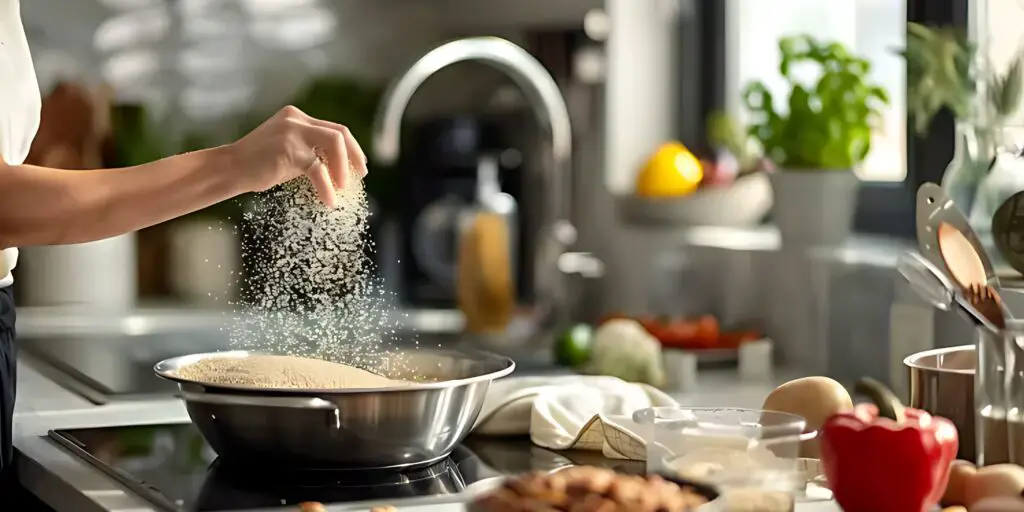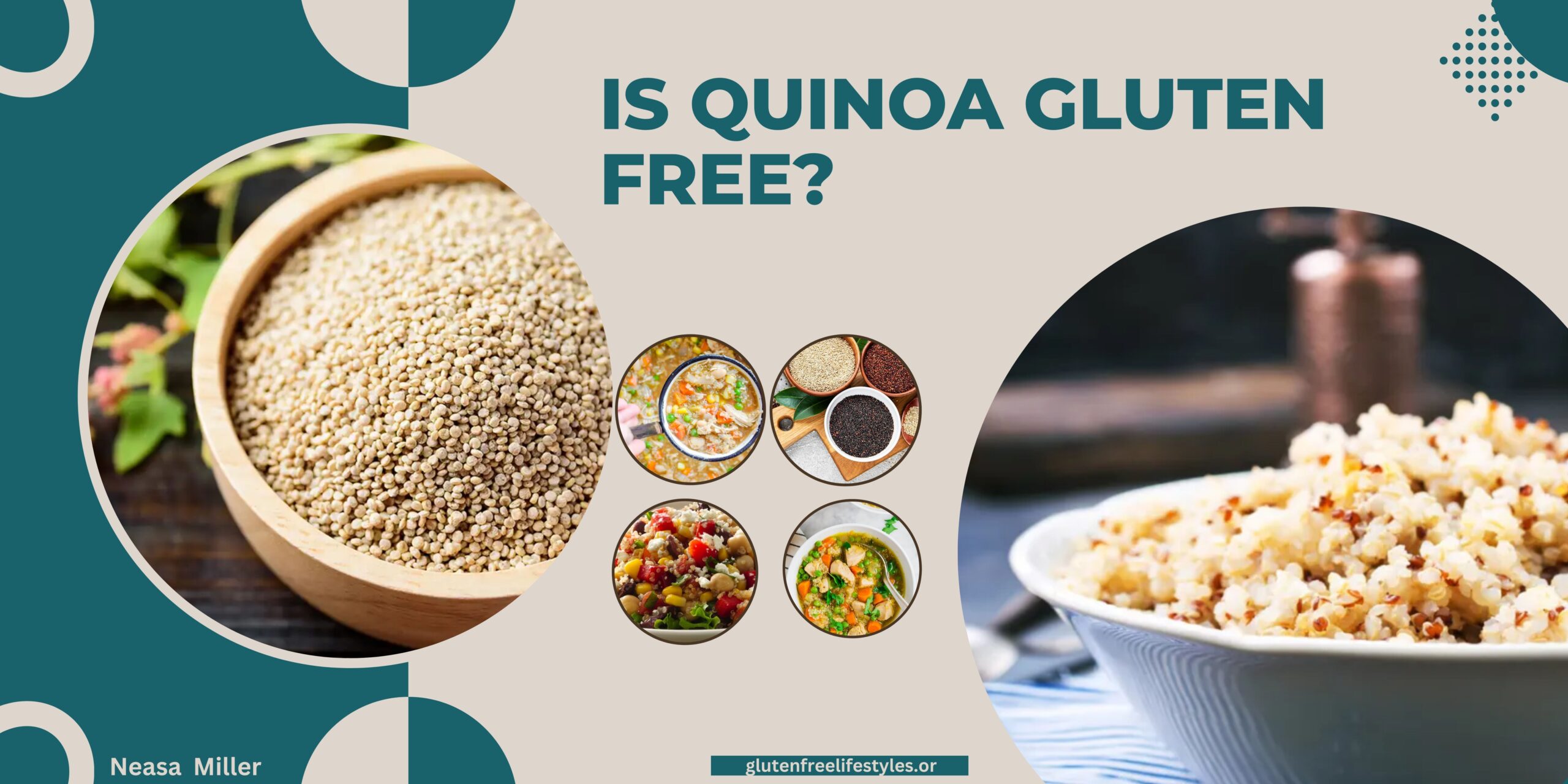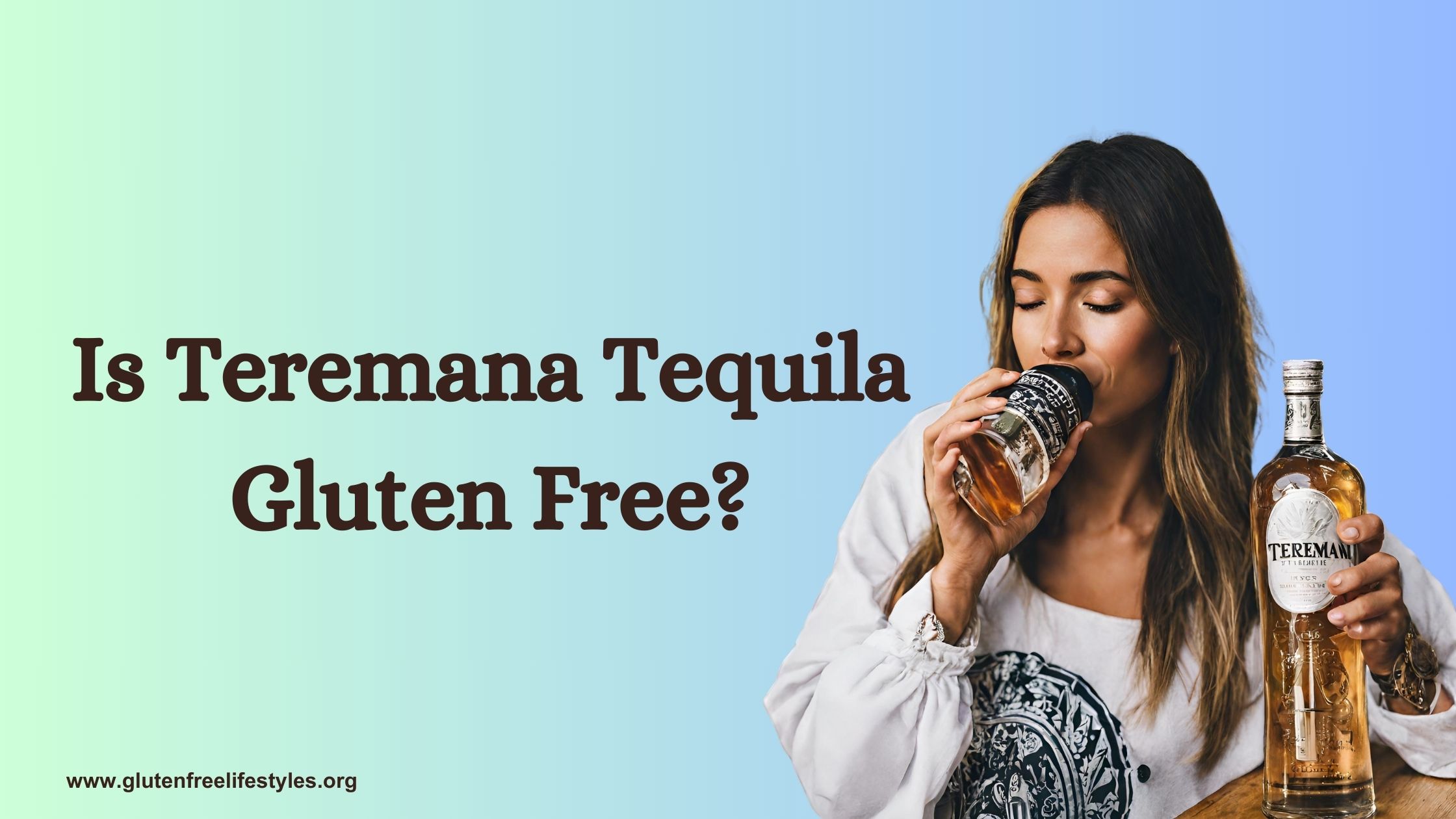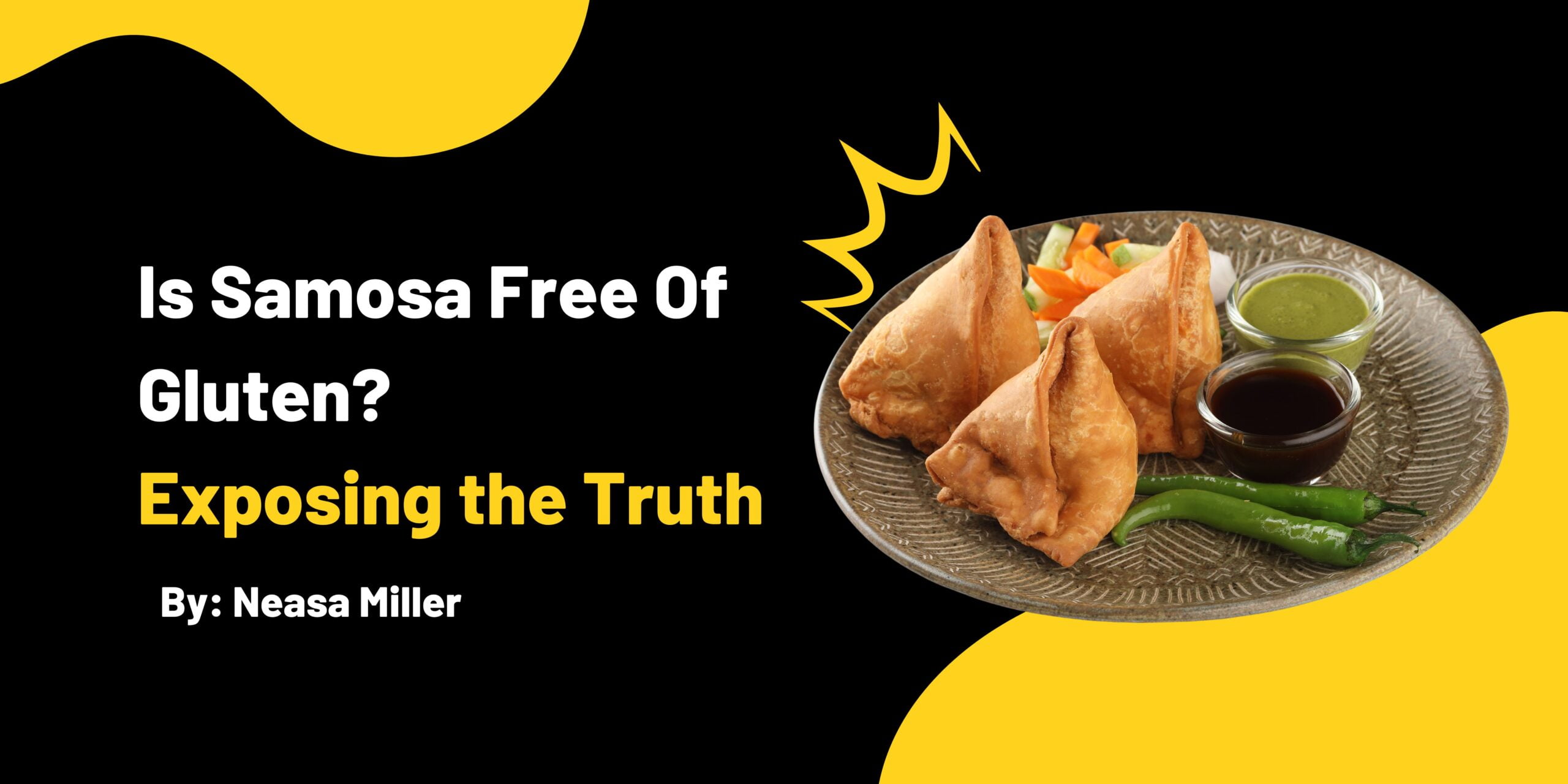As a gluten-free dietician, one of the questions I frequently encounter is whether quinoa suits those following a gluten-free lifestyle. The answer is a resounding yes! Quinoa is naturally gluten-free and a nutritional powerhouse packed with essential vitamins, minerals, and plant-based protein.
What is Quinoa?
Quinoa (pronounced “keen-wah”) is a seed that originated in the Andean regions of South America. Despite its grain-like appearance, it is not a true cereal grain but a pseudo-cereal, closely related to spinach, beets, and amaranth.
Nutritional Value of Quinoa
Quinoa is often referred to as a “superfood” due to its impressive nutrient profile. Here are some of the key nutrients found in quinoa:
- Protein: Quinoa is one of the few plant-based foods that provide all nine essential amino acids, making it a complete protein source.
- Fiber: A single cup of cooked quinoa contains approximately 5 grams of fiber, which aids in digestion and promotes feelings of fullness.
- Minerals: Quinoa is rich in iron, magnesium, phosphorus, and manganese, essential for various bodily functions.
- Antioxidants: This pseudo-cereal contains beneficial antioxidants like quercetin and kaempferol, which help protect against oxidative stress.
Is Quinoa Gluten-Free?
One of the most appealing aspects of quinoa for those following a gluten-free diet is that it is naturally gluten-free. Gluten is a protein found in wheat, barley, rye, and other grains, but quinoa is entirely free from this potentially harmful substance.
Quinoa: A Gluten-Free Grain Alternative
Quinoa is not a cereal grain but rather a pseudo-cereal seed that is closely related to spinach and amaranth. It has been cultivated for thousands of years in the Andes region of South America and has recently gained global popularity due to its numerous health benefits.
- Composition and Nutritional Value
Quinoa is rich in protein, containing all nine essential amino acids, making it a complete protein source a rare characteristic among plant-based foods. It is also high in fiber, vitamins (such as B vitamins), minerals (like magnesium and iron), and antioxidants. This nutrient density has contributed to its reputation as a superfood. - Gluten Content in Quinoa
The pivotal question remains: Is quinoa gluten-free? The short answer is yes. Quinoa does not contain gluten. It is naturally gluten-free, making it an excellent alternative for individuals who need to avoid gluten due to medical reasons or dietary preferences.
Safety of Quinoa for Celiac Disease Patients
For individuals with celiac disease, consuming gluten-free foods is essential to managing their condition and preventing long-term health complications. Quinoa stands out as a safe and nutritious option in the following ways:
- Certification and Labeling: Many food regulatory bodies, such as the FDA in the United States and similar organizations worldwide, regulate the labeling of gluten-free products. Quinoa that meets these standards is labeled as gluten-free, assuring consumers.
- Potential for Cross-Contamination: While quinoa itself does not contain gluten, there is a risk of cross-contamination during processing and packaging, particularly if the quinoa is processed in facilities that also handle wheat or gluten-containing grains. To mitigate this risk, it is advisable to choose quinoa labeled as certified gluten-free.
- Digestibility and Nutrient Absorption: Some individuals with celiac disease may have compromised gut health, impacting their ability to absorb nutrients effectively. Quinoa, being nutrient-dense and easily digestible, can provide essential nutrients without exacerbating digestive issues associated with gluten consumption.
Preparing and Cooking Quinoa

Quinoa is relatively easy to prepare and can be cooked in various ways, making it a convenient addition to your gluten-free meal plan. Here are some tips for preparing and cooking quinoa:
- Rinse the quinoa: Before cooking, it’s essential to rinse quinoa thoroughly to remove any residual saponins (a naturally occurring coating that can impart a bitter taste).
- Use the appropriate liquid ratio: The general rule is to use a 1:2 ratio of quinoa to liquid (water, broth, or plant-based milk).
- Cooking methods: Quinoa can be boiled, steamed, or cooked in a rice cooker or Instant Pot. Follow package instructions or adjust cooking times based on your preferred texture.
- Fluff and serve: Once cooked, use a fork to fluff the quinoa and break up any clumps before serving.
- Salads: Cold quinoa salads with fresh vegetables and a light dressing make for refreshing meals.
- Soups and Stews: Quinoa can be added to soups and stews to enhance their nutritional content and add texture.
- Breakfast Options: It can be used as a porridge base, mixed with fruits and nuts, or as an ingredient in gluten-free pancakes and muffins.
Quinoa: The Gluten-Free Champion Holds Court
Gluten-free status, combined with its impressive nutritional profile, makes it an excellent choice for those following a gluten-free lifestyle. Whether you’re seeking a protein-packed addition to your salads, a hearty base for your veggie bowls, or a gluten-free alternative for baked goods, quinoa offers endless possibilities.
Experiment with different cooking methods, flavors, and recipes to unleash the full potential of this versatile and nutritious pseudo-cereal. Embrace the quinoa revolution, and let its gluten-free goodness elevate your culinary adventures to new heights.
FAQs
I have celiac disease, are there any gluten-free certifications I should look for when buying quinoa?
Yes! Look for certifications like “Certified Gluten-Free” or those from reputable organizations like the Celiac Disease Foundation.
Since quinoa is processed sometimes near wheat, does that mean I can’t have it?
There’s a chance of trace amounts of gluten through cross-contamination. Opt for quinoa labelled “gluten-free for celiac disease” for stricter standards.
I accidentally ate some quinoa that wasn’t labeled gluten-free. Should I be worried?
It depends on your sensitivity. Monitor yourself for symptoms. If concerned, consult your doctor.
Can I use the same pot I cook regular pasta in to make quinoa?
No, it’s best to avoid using the same pot without thorough cleaning to minimize cross-contamination risk.
Does quinoa flour have the same risk of contamination as regular quinoa?
Yes, it can. Look for certified gluten-free quinoa flour and ensure no other gluten-containing flours are used in your kitchen when using it.



